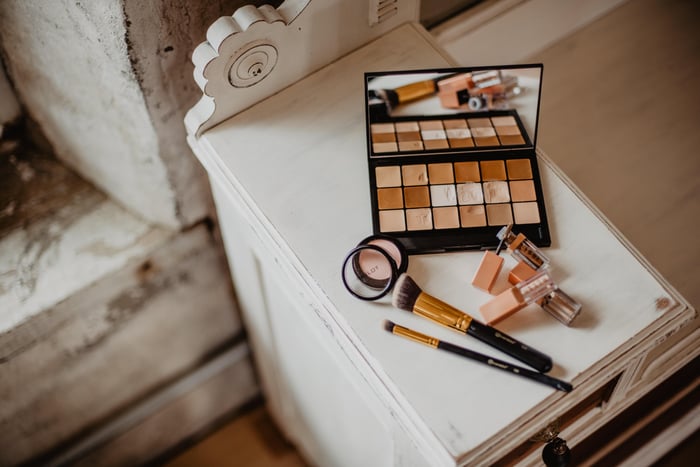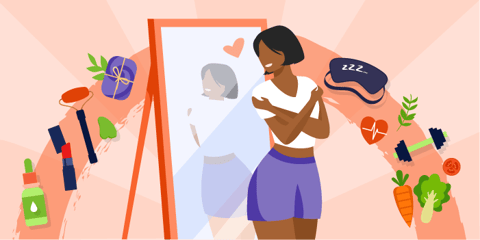
Thinking of trying more cruelty-free products, but don’t know where to start? Here’s a handy guide of things to look for when shopping cruelty-free!
Many people are now aware of animal testing and how it’s unnecessary. Unfortunately, many businesses take advantage of this awareness and try to greenwash their products to appeal to people who’re looking to buy non-animal tested products.
So, we’ll look at ways you can avoid this greenwashing and pick the right product.
Where to start?
We’ve covered the difference between vegan, vegetarian, and cruelty-free products in this article. But, to be brief, just remember: Not all products that’re cruelty-free are vegan.
Another essential thing that you need to know is that many companies have started using the term “Clean-beauty” in their marketing campaigns and product peripherals. The term clean beauty means that the products doesn’t contain any toxic ingredients; however, these products may still be tested on animals.
So, if you wish to buy more cruelty-free products, these are the steps you need to follow.

1. Read product labels
Since our dependence on animal testing and animal-derived ingredients has been extensive in the past, such ingredients tend to seep into even the most innocent products. So, when buying any product, look for obvious non-vegan ingredients (we’ve written about some of the most common non-vegan ingredients here). Also, laws regarding the labeling of ingredients aren't as stringent for beauty products as they’re for food products. So, make sure you do your due diligence before making a purchase.
The next step is to be aware of some of the most common terms that’re used on the packaging like “Not tested on Animals” or “Cruelty-free". Since such terms aren’t regulated, some companies use these words when only the finished product hasn’t been tested on animals, individual ingredients might still be animal-tested.
2. Know which logos are trustworthy
Since the term cruelty-free isn't regulated by the FDA, various independent companies give out their own certifications. However, they have their flaws. This infographic by Ethical Elephant mentions major certification agencies and what they look for when authorizing their accreditation.
 Infographic by Ethical Elephant
Infographic by Ethical Elephant
As you can see from this information, the legitimacy of some certifications is questionable. If the company that’s giving out these certifications doesn’t make the required checks and assumes that the company that’s applying for accreditation is honest, there’s bound to be a margin of error. So, best to figure out which logos are the most trustworthy and rely only on them.
Also, make sure to familiarize yourself with these logos; many companies are known the create their own authentic looking logos to make the customer believe they’re legitimate. Don’t fall for that!
3. Do your research
Fortunately, there are companies like Cruelty-Free Kitty, Leaping Bunny, and Ethical Elephant that’re doing the bulk of the work to check which products are cruelty-free and which aren’t. They also have various resources, so the first step of your purchasing journey should be to check these websites. You can even search for the product on abillionveg. Our content moderators ensure that all products that’re reviewed on the app are both vegan and cruelty-free!







